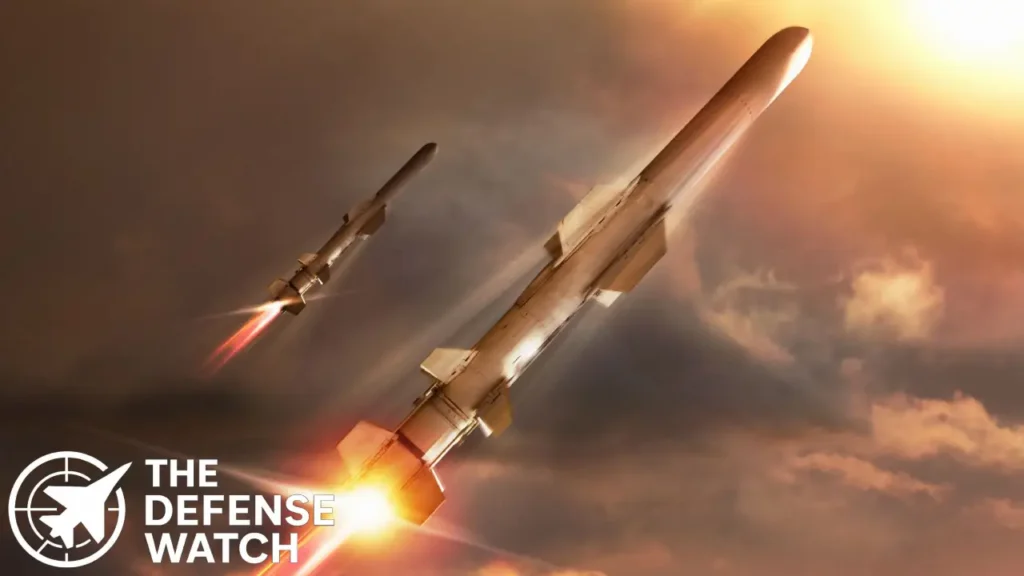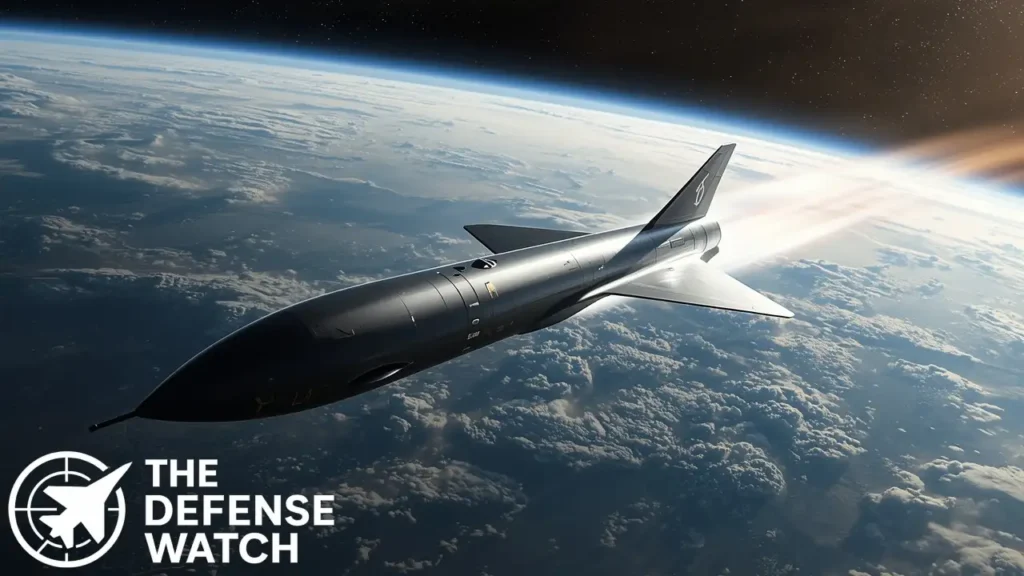Hypersonic Missiles Explained: The Future of Strategic Warfare
Hypersonic missiles — capable of flying at speeds exceeding Mach 5 (over 6,000 km/h) — are transforming global military strategy. Their unmatched speed, maneuverability, and unpredictable flight paths make them one of the most dangerous and destabilizing weapons in modern arsenals.
While ballistic missiles have existed since the Cold War, hypersonic weapons represent a new class of strategic capability — one that threatens to upend decades of missile defense planning.
What Are Hypersonic Missiles?
In simplest terms, hypersonic missiles are projectiles that travel at five times the speed of sound or faster. There are two primary types:
- Hypersonic Glide Vehicles (HGVs): Launched atop a rocket, they glide through the upper atmosphere before descending unpredictably toward their target.
- Hypersonic Cruise Missiles (HCMs): Powered by scramjet engines, these missiles sustain hypersonic speeds within the atmosphere for their entire flight.
Unlike traditional ballistic missiles, which follow a fixed parabolic path, hypersonic systems can maneuver mid-flight, making them extremely difficult to detect and intercept.
Learn more from the U.S. Congressional Research Service on hypersonic weapon development.
Why Are Hypersonic Missiles So Dangerous?
1. Speed and Reaction Time
At speeds above Mach 5, a hypersonic weapon can strike targets within minutes, leaving defenders with virtually no time to respond. For instance, a missile launched from 1,000 miles away could reach its target in under 10 minutes.
2. Maneuverability
Unlike ballistic missiles, hypersonic weapons can change course mid-flight, evading radar tracking and missile interceptors designed for predictable trajectories.
3. Low Flight Path
Hypersonic cruise missiles fly within the atmosphere, at altitudes too low for early-warning satellites to track effectively, yet too high for traditional air defense systems to engage.
4. Nuclear and Conventional Capability
These weapons can carry either nuclear or conventional warheads, making it difficult for adversaries to determine intent — a key risk for escalation in crisis scenarios.

The Hypersonic Arms Race: U.S., China, and Russia
Russia
Moscow has fielded several operational systems, including the Avangard (a nuclear-capable HGV) and the Kinzhal air-launched missile, reportedly used in Ukraine.
China
Beijing’s DF-ZF hypersonic glide vehicle, mounted on the DF-17 missile, is now operational, giving China a strategic edge in the Indo-Pacific.
United States
The U.S. is investing heavily in programs such as the ARRW (Air-launched Rapid Response Weapon) and the Hypersonic Attack Cruise Missile (HACM). However, delays and testing challenges have kept American hypersonic weapons largely in development rather than deployment stages.
Recent Pentagon reports emphasize the need for a comprehensive hypersonic defense network, including satellite tracking, interceptor systems, and advanced radar.
Can Hypersonic Missiles Be Stopped?
Currently, no existing missile defense system — including the U.S. THAAD, Aegis, or Patriot — can reliably intercept hypersonic weapons. Their speed and erratic flight paths make them nearly invisible to current early-warning and interception systems.
To counter this, the U.S. and allies are developing next-generation tracking satellites under the Hypersonic and Ballistic Tracking Space Sensor (HBTSS) program. Meanwhile, defense contractors are working on directed-energy weapons and interceptor prototypes capable of engaging hypersonic threats mid-flight.
Strategic Implications
Hypersonic weapons blur the line between strategic deterrence and conventional warfare. Their rapid strike capability and dual-use potential (nuclear/conventional) increase the risk of miscalculation or pre-emptive escalation during conflicts.

Analysts warn that unless clear communication channels and arms control measures are established, hypersonic weapons could destabilize global deterrence frameworks similar to the early nuclear age.
As the technology spreads — with India, Japan, and North Korea also pursuing hypersonic programs — the race to master these systems is becoming the defining competition of 21st-century warfare.
Analysis: The Next Frontier in Deterrence
The emergence of hypersonic weapons represents not just a leap in engineering, but a strategic shift in global power dynamics. Nations are no longer only competing for nuclear supremacy but for speed and precision dominance.
However, experts argue that the most dangerous aspect of hypersonic weapons isn’t just their speed — it’s the lack of transparency and arms control dialogue around them. Without international agreements, the world could soon enter a new era of hypersonic instability, where minutes determine peace or war.
FAQs
Hypersonic missiles travel at speeds exceeding Mach 5 — five times the speed of sound, or roughly 6,100 km/h.
No. Current systems like Patriot and THAAD are not optimized for hypersonic interception, though new defense programs are in development.
Russia and China have operational systems, while the U.S., India, Japan, and North Korea are actively developing theirs.
Ballistic missiles follow a fixed arc; hypersonic missiles can maneuver unpredictably, making them harder to track and intercept.
They can carry either nuclear or conventional warheads, adding ambiguity to their strategic use.

